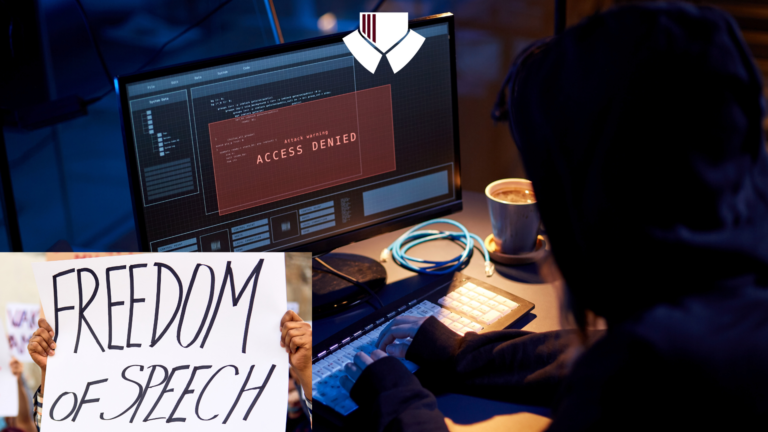This case commentary is written by Vivek, a final-year law student at Dr. D.Y. Patil College of Law. He is passionate about law and various branches of law and has a continuous knack for the same.
ABSTRACT
“Case Commentary: Ajaykumar Sunil Kumar Sharma vs. The State of Maharashtra” provides an in-depth analysis of this significant legal case. This blog will include a detailed examination of the facts, legal arguments, and the court’s judgment. It will also discuss the implications of the verdict and its impact on the legal landscape. By exploring these elements, the commentary aims to offer a comprehensive understanding of the case and its relevance to contemporary legal issues.







